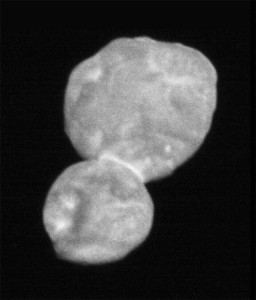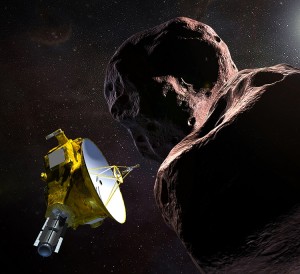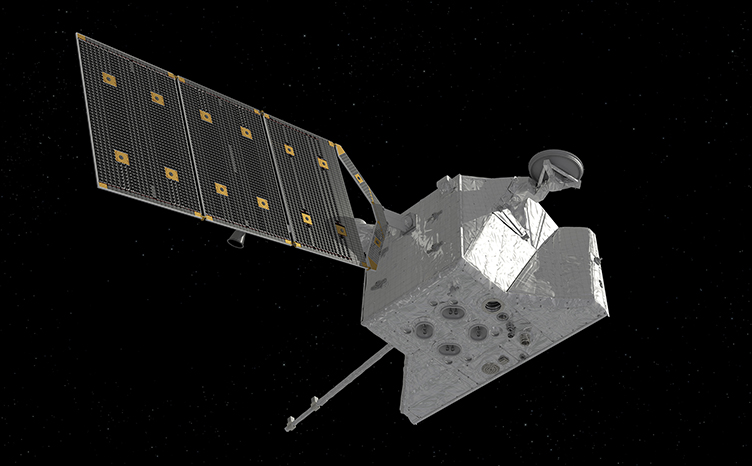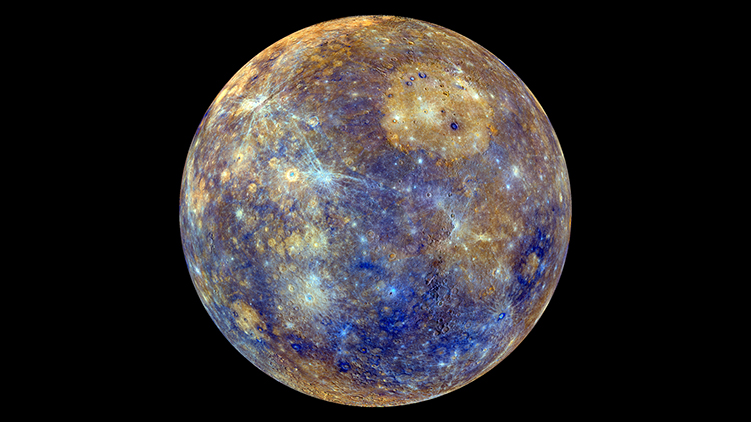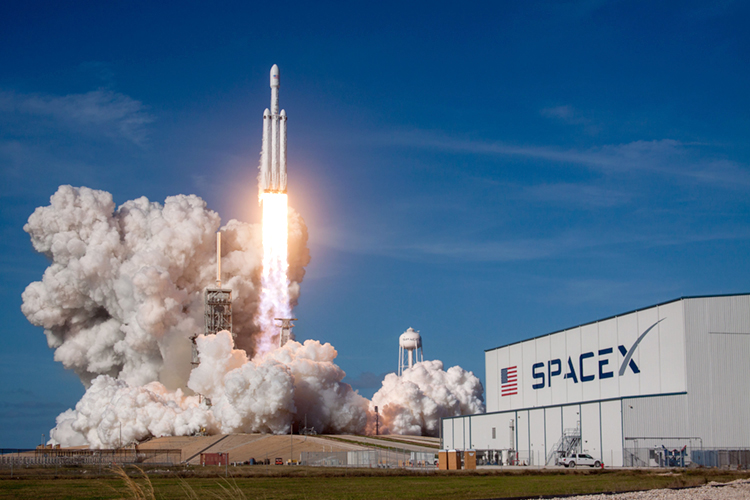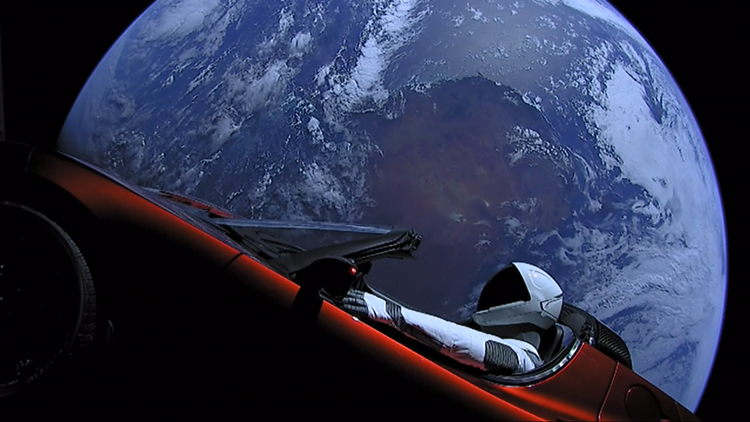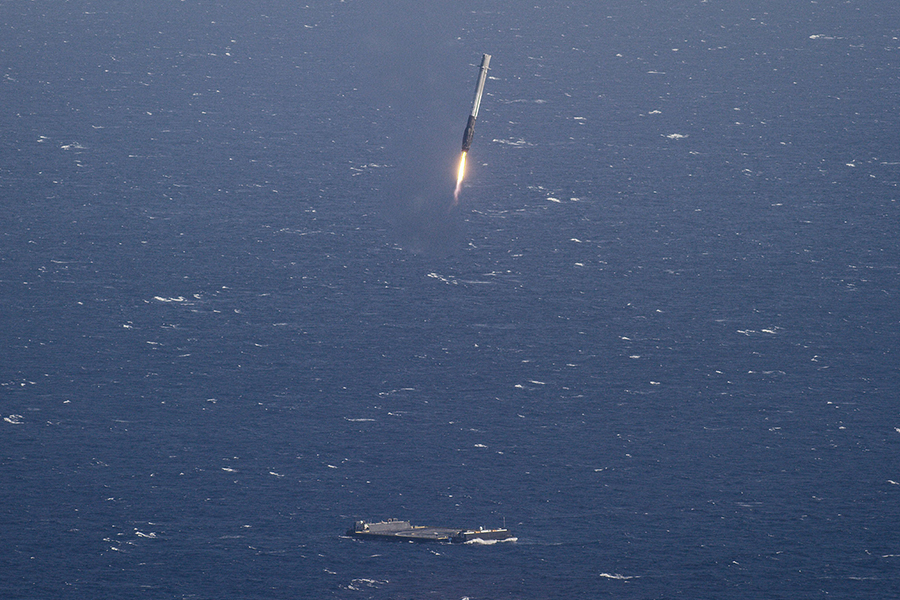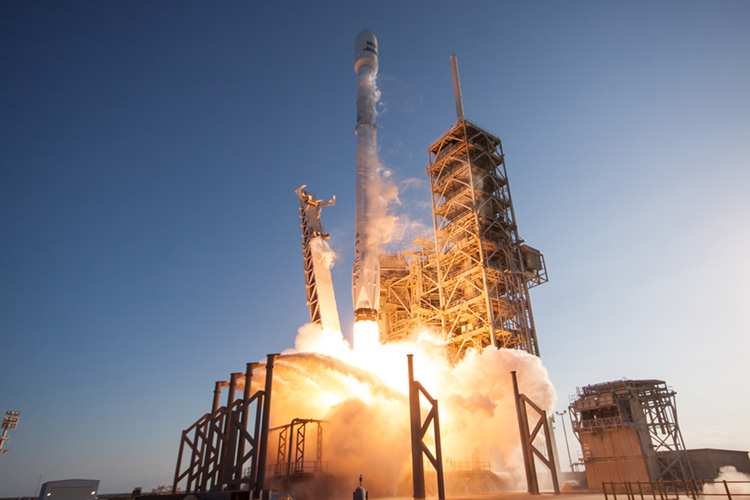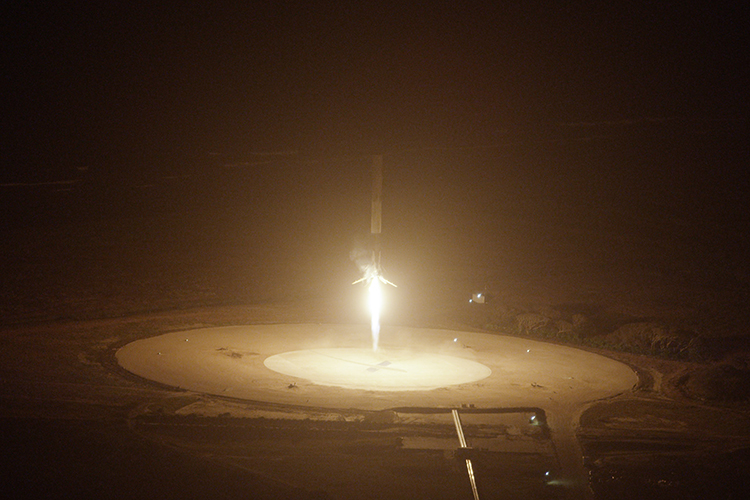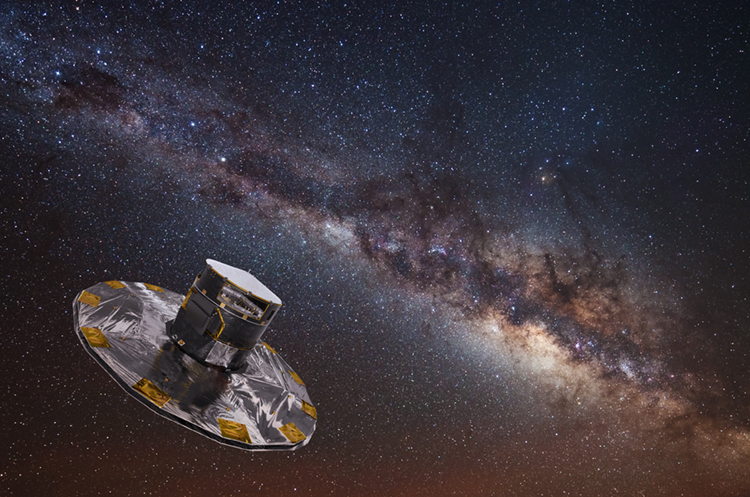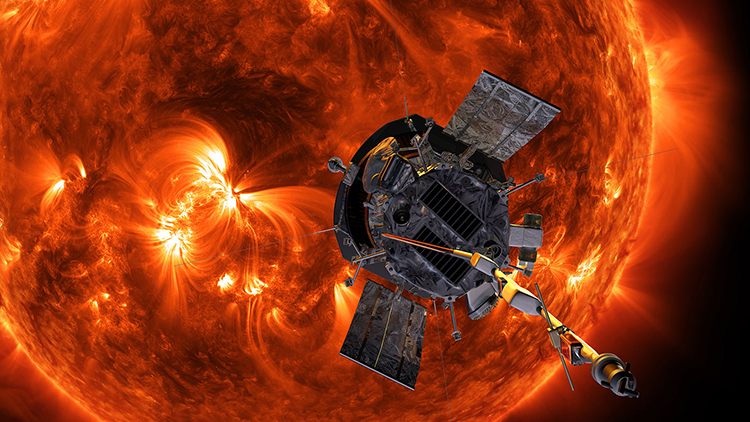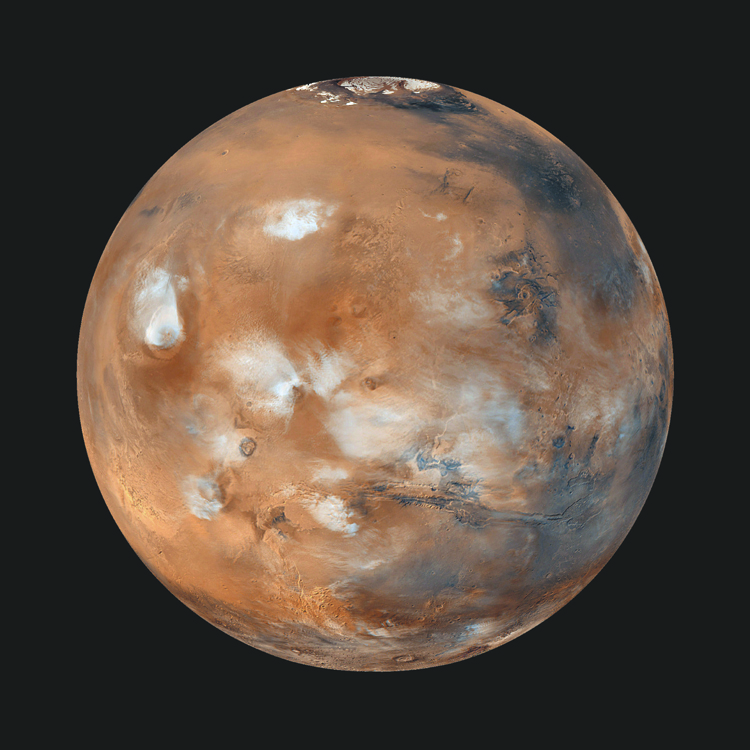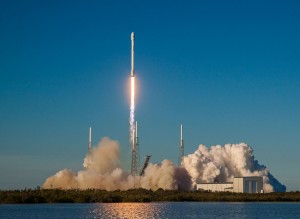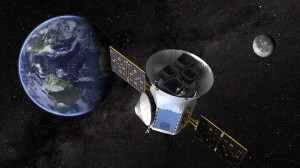Opportunity Knocks Out
Monday, April 8th, 2019April 8, 2019
After nearly 15 years on the surface of Mars, the Opportunity rover died as it lived: studying its adopted home planet. The United States National Aeronautics and Space Administration (NASA) officially ended the rover’s mission in February 2019, months after the craft was silenced by a dust storm.
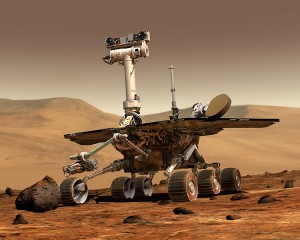
The NASA Mars rover Opportunity studied the red planet from January 2004 until the summer of 2018. Credit: NASA/JPL/Cornell University, Maas Digital LLC
Opportunity and its twin vehicle, Spirit, together made up the Mars Exploration Rover Mission. They were launched in 2003 to study the history of water on the red planet. The golf-cart-sized rovers carried scientific instruments created by teams of scientists and engineers from the United States and Europe.
Spirit and Opportunity were each designed for just 90-day missions. But both continued to gather information on the surface of Mars without any major setbacks for more than five years. In early 2009, Spirit became permanently trapped in a bed of loose Martian soil, ending that rover’s exploring career. Finally accepting its loss, NASA officially ended Spirit’s mission in 2011.
Opportunity landed in January 2004 in Meridiani Planum, a broad plain on the surface of Mars. Planners chose the site because it was known to contain hematite. Hematite is an iron-bearing mineral. On Earth, hematite generally forms in the presence of water. In 2013, Opportunity detected certain clay minerals that form only in the presence of water. This discovery was proof that liquid water once existed on the surface of Mars. This finding was confirmed by other Mars missions, such as NASA’s larger Curiosity rover, sent to Mars in 2011. Opportunity went on to learn that the water was similar to bodies of water on Earth, allowing for the possibility of life on Mars.
Huge dust storms occasionally blanket the surface of Mars. A particularly intense storm occurred in mid-2018, causing NASA to lose contact with Opportunity. The dust blocked out the sun and covered the rover’s solar panels, making it impossible for Opportunity to keep its core systems warm. Even after the skies cleared, there was no response from the rover. The bitterly cold temperatures on Mars—about -80 °F (-60 °C) on average—can damage and destroy electronics.
The end of Opportunity is not the end of humankind’s robotic presence on Mars. Curiosity continues to roll along. InSight, a non-mobile lander also launched by NASA, is currently studying the interior structure of Mars. And in 2021, two new rovers will launch: NASA’s Mars 2020 rover and Rosalind Franklin, a rover developed by the European Space Agency (ESA) and Russia’s state space agency, Roscosmos. (Rosalind Franklin was a British chemist famous for her studies of molecules and crystals.) The new rovers will try to find out if Mars held life at some point in its distant past. Thanks to the hard work of Opportunity and the mission’s engineers and scientists, we know it is a possibility.


